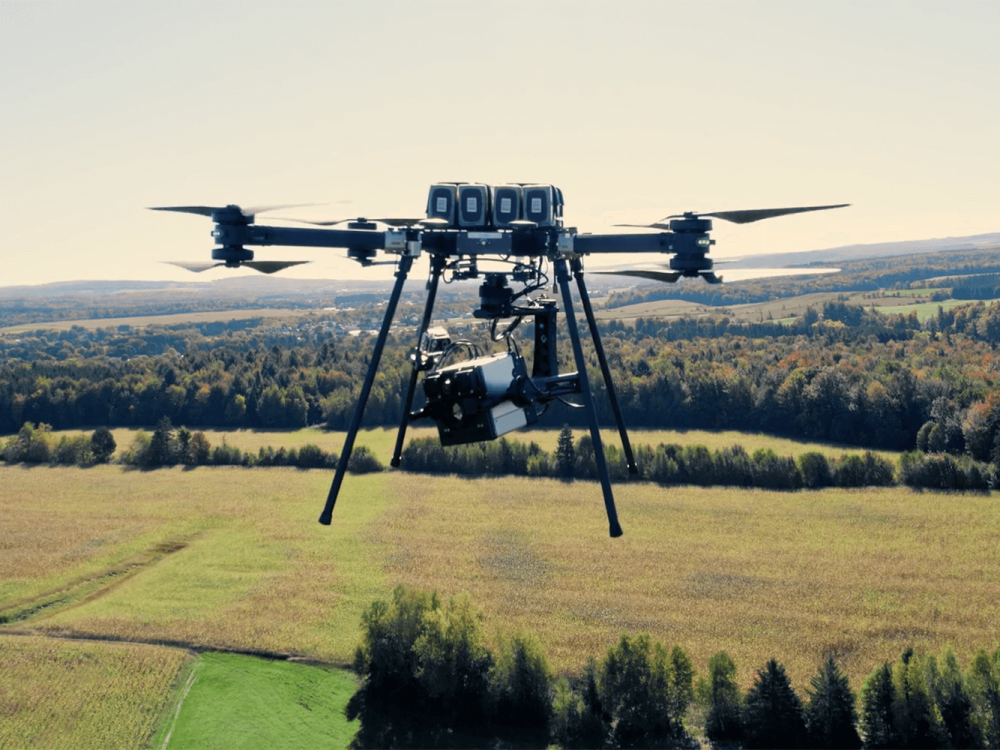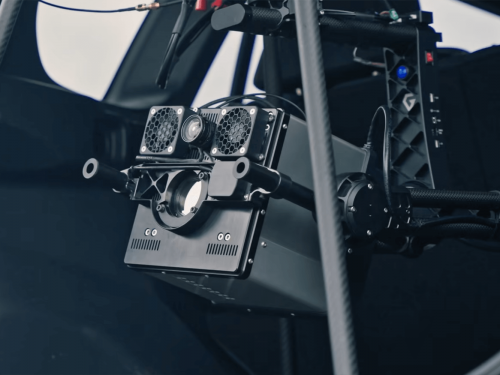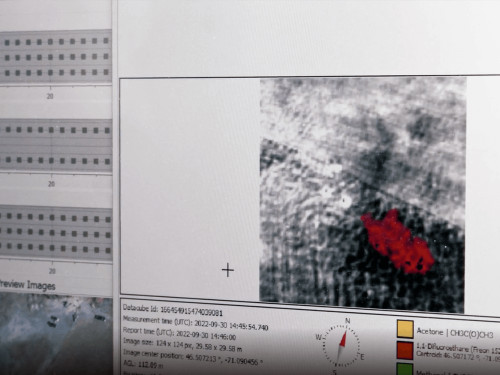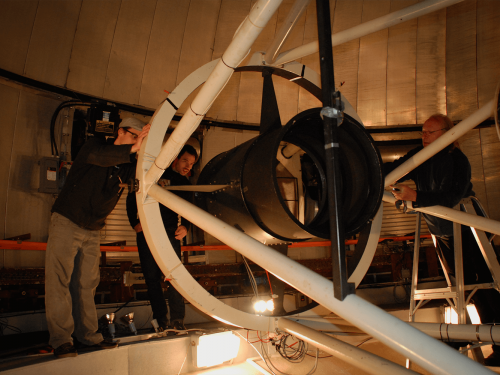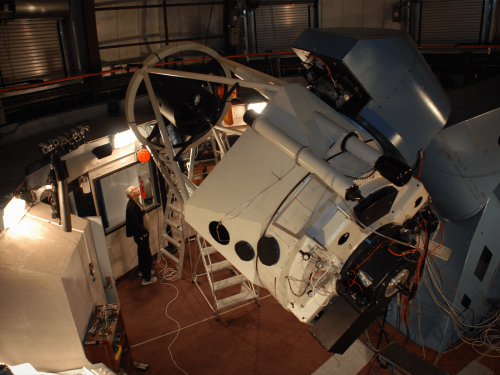Are you looking for a completely integrated, turn-key solution tailored to your specific needs? We say bring it on. At Telops, we specialize in the design and production of complex, innovative optical systems.
Our team of highly skilled scientists and engineers specialize in:
- Spectroscopy
- FTIR and remote sensing
- Hyperspectral and Infrared Imaging
- Optical design and engineering
We adhere to a rigorous project management process in which your needs and requirements always comes first. All projects go through a controlled systems engineering process that meets aerospace standards.
